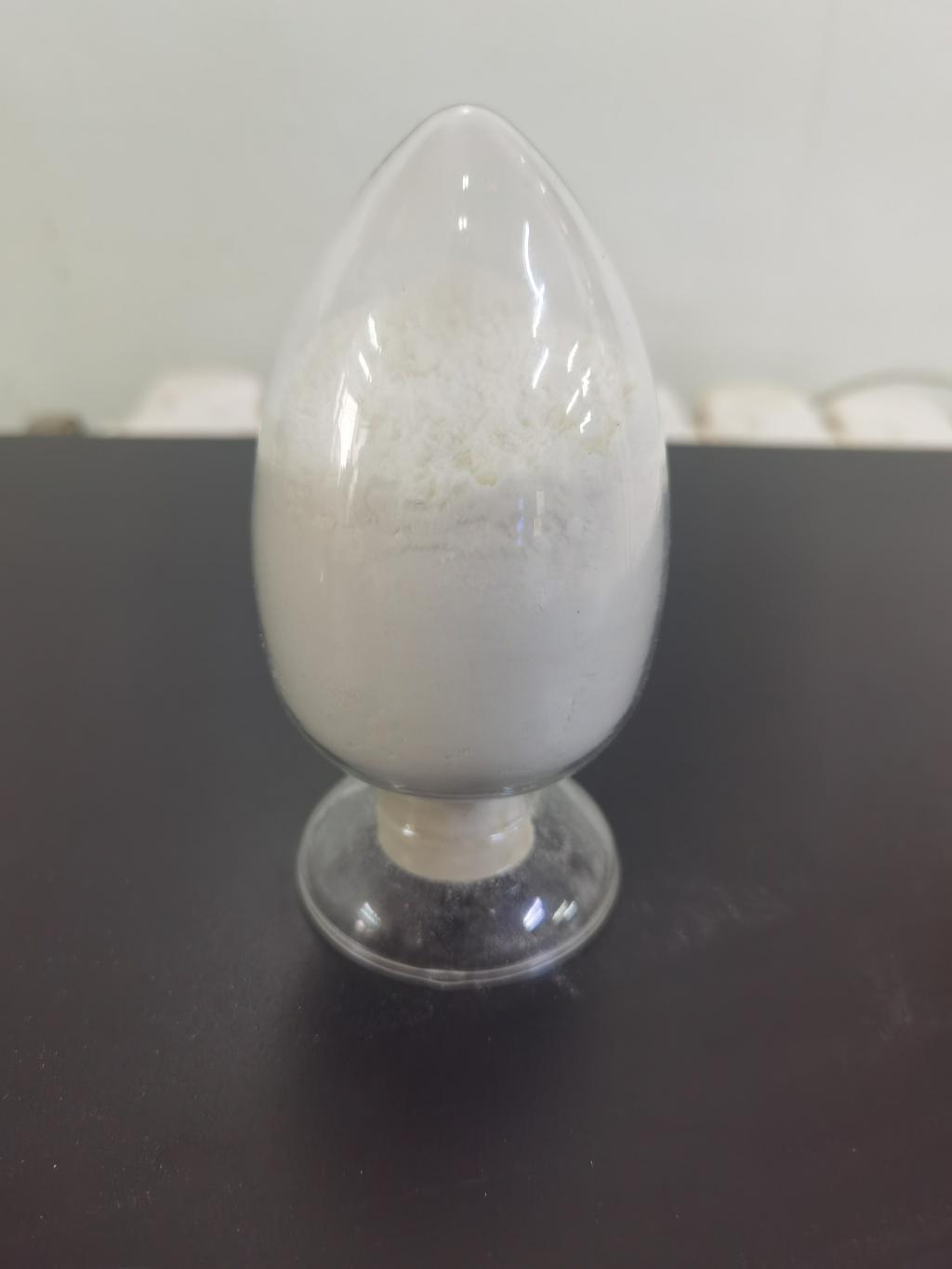Tel:+8618231198596

News
 CONTACT
CONTACT
 CONTACT
CONTACT
- Linkman:Linda Yao
- Tel: +8618231198596
- Email:linda.yao@dcpharma.cn
- Linkman:CHARLES.WANG
- Department:Overseas
- Tel: 0086 0311-85537378 0086 0311-85539701
News
Current Position:
Home >
News
>ε-Polylysine Hydrochloride's Application in Promoting Plant-Based Meat
ε-Polylysine Hydrochloride's Application in Promoting Plant-Based Meat
TIME:2023-11-06
Introduction
The global food industry is undergoing a paradigm shift, with an increasing number of consumers opting for plant-based and alternative protein sources. Motivated by concerns related to sustainability, health, and animal welfare, people are exploring protein alternatives that reduce their carbon footprint while aligning with their dietary preferences. In this context, ε-polylysine hydrochloride has emerged as a crucial component in the development and preservation of plant-based meat and alternative protein products. This article investigates the application of ε-polylysine hydrochloride in advancing the production, quality, and safety of these protein alternatives. It examines ε-polylysine's mechanisms of action, regulatory status, sustainability considerations, and its potential role in shaping the future of the fast-growing plant-based protein sector.
ε-Polylysine Hydrochloride: An Introduction
2.1 Structure and Source
ε-Polylysine, also known as ε-PL, is a naturally occurring antimicrobial agent derived from Streptomyces albulus. This biopolymer is formed through the polymerization of L-lysine molecules linked by ε-amino and α-carboxyl groups. Its unique structure and cationic charge enable ε-polylysine to exhibit strong antimicrobial properties.
2.2 Mechanism of Action
ε-Polylysine hydrochloride exerts its antimicrobial effects primarily through electrostatic interaction with negatively charged microbial cell membranes. By binding to the cell membrane, ε-polylysine disrupts the structural integrity of the membrane, leading to cell lysis and microbial inactivation. This mode of action makes ε-polylysine an effective natural preservative against a wide range of microorganisms, including bacteria and fungi.
The Plant-Based Protein Revolution
The shift towards plant-based and alternative protein sources is driven by multiple factors, including environmental sustainability, animal welfare concerns, and the desire for healthier dietary choices. Plant-based meat and alternative proteins are growing in popularity, and the food industry is investing in their development to meet consumer demand.
The Role of ε-Polylysine Hydrochloride in Plant-Based Protein Production
ε-Polylysine hydrochloride plays a multifaceted role in advancing the production of plant-based meat and alternative proteins.
4.1 Preservation and Shelf Life Extension
The antimicrobial properties of ε-polylysine hydrochloride contribute to the preservation of plant-based protein products. By inhibiting the growth of spoilage microorganisms and pathogens, ε-polylysine extends the shelf life of these products, reducing food waste and enhancing sustainability.
4.2 Quality Enhancement
Maintaining the sensory and textural qualities of plant-based proteins is essential to replicate the experience of traditional meat. ε-Polylysine hydrochloride helps preserve the quality of plant-based products, ensuring that they meet consumer expectations.
4.3 Safety Assurance
Food safety is a primary concern for consumers. ε-Polylysine hydrochloride's antimicrobial action enhances the safety of plant-based protein products by reducing the risk of microbial contamination, thereby protecting consumers from foodborne illnesses.
Regulatory Status
The regulatory status of ε-polylysine hydrochloride varies by country and region. In the United States, it is classified as Generally Recognized as Safe (GRAS) by the U.S. Food and Drug Administration (FDA). Similarly, it has been approved for use in various countries, including Japan, South Korea, and China. Regulatory approval underscores the safety and efficacy of ε-polylysine hydrochloride in food applications.
Sustainability Considerations
Sustainability is a critical factor in the plant-based protein revolution. ε-Polylysine hydrochloride's natural origin, biodegradability, and minimal environmental impact make it a sustainable choice for enhancing the production and preservation of plant-based proteins. Its contribution to reducing food waste aligns with sustainability goals and food security.
Future Prospects
The plant-based protein sector is expected to continue growing, driven by consumer demand and industry innovation. ε-Polylysine hydrochloride's potential applications in this sector are likely to expand, with ongoing research exploring its use in novel plant-based protein products. Additionally, ε-polylysine's role in addressing food safety challenges and reducing food waste is expected to become increasingly important as the plant-based protein industry matures.
Conclusion
The plant-based protein revolution is reshaping the food industry, with consumers seeking sustainable and ethical protein alternatives. ε-Polylysine hydrochloride, a natural antimicrobial agent derived from Streptomyces albulus, is playing a pivotal role in promoting the production, quality, and safety of plant-based meat and alternative protein products. Its mechanisms of action, regulatory approval, sustainability attributes, and potential future applications make it an indispensable component in the advancement of plant-based protein offerings.
As the plant-based protein sector continues to expand, ε-Polylysine hydrochloride's contributions to food safety, quality, and sustainability are poised to remain integral, making it a promising asset in the ongoing transformation of the food industry towards more sustainable and plant-based protein choices.
- Tel:+8618231198596
- Whatsapp:18231198596
- Chat With Skype







